What is doping in sport?
- Published
How are athletes tested for drugs?
Russia has been banned from competing at next year's Winter Olympics in Pyeongchang by the International Olympic Committee.
That's because it's thought that the Russian government may have helped athletes take drugs to give themselves an unfair advantage in competitions.
But what is 'doping' in sport, and how to scientists help to make sure that athletes are competing fairly
The World Anti-Doping Agency makes a list of banned substances every year, and they test athletes to check they haven't used them.
What's banned?
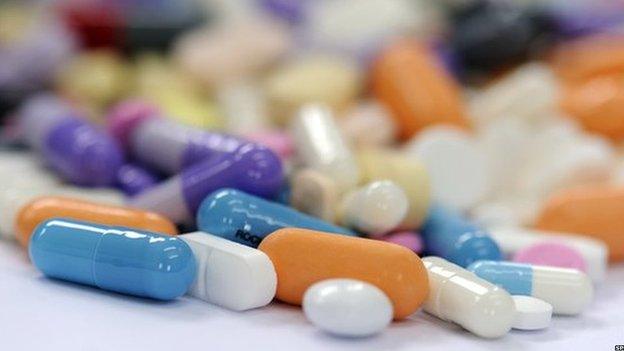
Any substance that is thought to enhance an athlete's performance, to be harmful to their health, or to go against the spirit of sport, is banned.
Steroids, stimulants, and other drugs can help athletes to cheat, by:
Building muscle mass
Increasing endurance
Speeding up reaction times
Helping them recover quickly so that they can train for longer
Hiding other substances in their system
How do they test them?
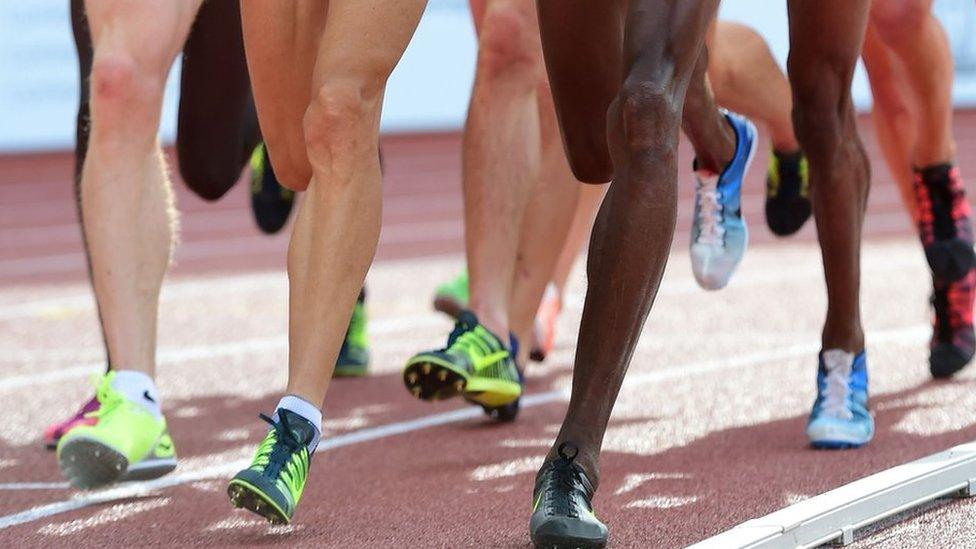
Any athlete can be selected for testing, at any time, and in any place.
Tests are often a surprise, and athletes will be followed by an official until it's completed, to make sure that they don't cheat.
They go to a special 'doping control station', where they give their details and provide samples.
The sample
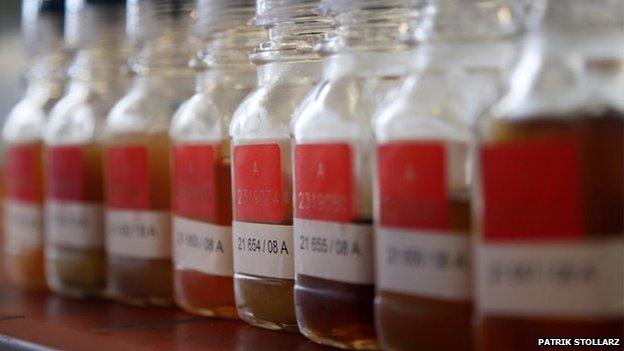
Anti-doping samples
Samples can be blood or urine (wee), or sometimes both.
For urine samples, athletes must provide 90 millilitres. This can take anything from a couple of minutes to several hours.
They have to wee in a cup. In the past, some athletes tried to trick officials by using someone else's wee, so now they are watched the whole time to make sure that they are being honest.
The sample is then divided into two different bottles, sealed up, and sent to a laboratory for testing.
What happens in the lab?
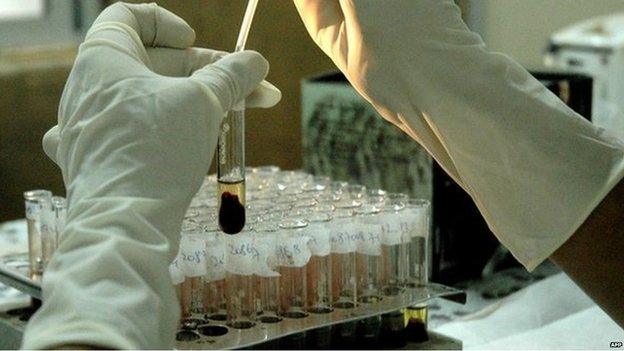
Scientists in the lab check the sample in one of the bottles for traces of banned substances.
Urine and blood naturally have lots of different things in them, so it's a bit like looking for a needle in a haystack, to find the substances that are banned.
Scientists have to use very sensitive tests, which can find tiny traces, even if the drugs weren't taken recently.
It is very important that the scientists don't know whose sample they are looking at, in order to make sure the tests are completely fair.
What happens if they find drugs?
If they find any banned substances in the sample, the athlete can request for the second bottle to be tested.
If the athlete can't explain why the substance is there, then they could be in big trouble.
- Published3 August 2015
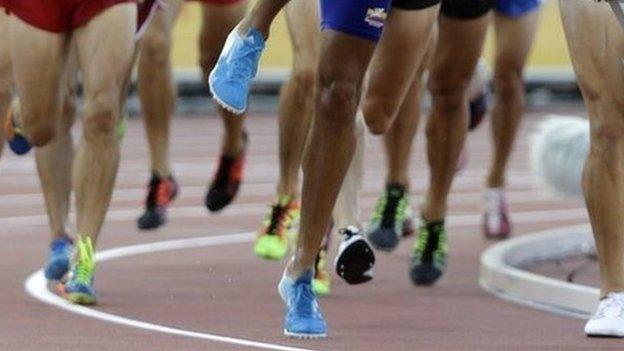
- Published31 July 2015

